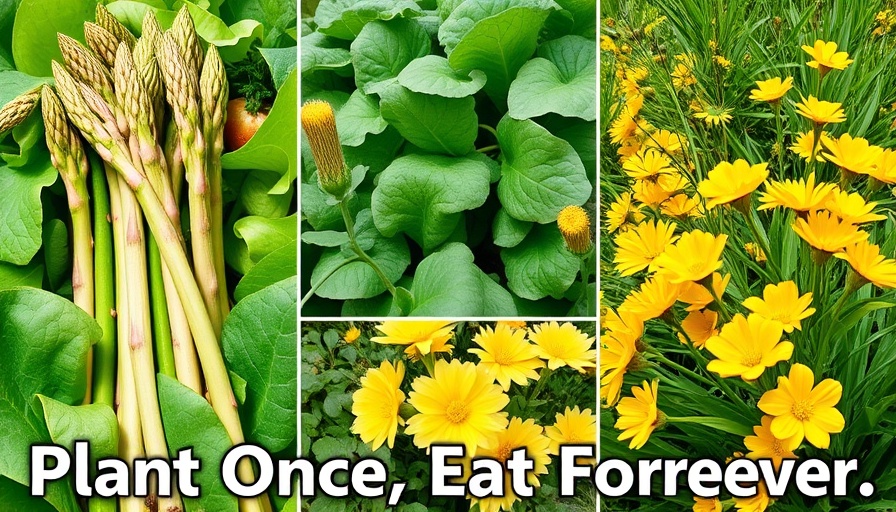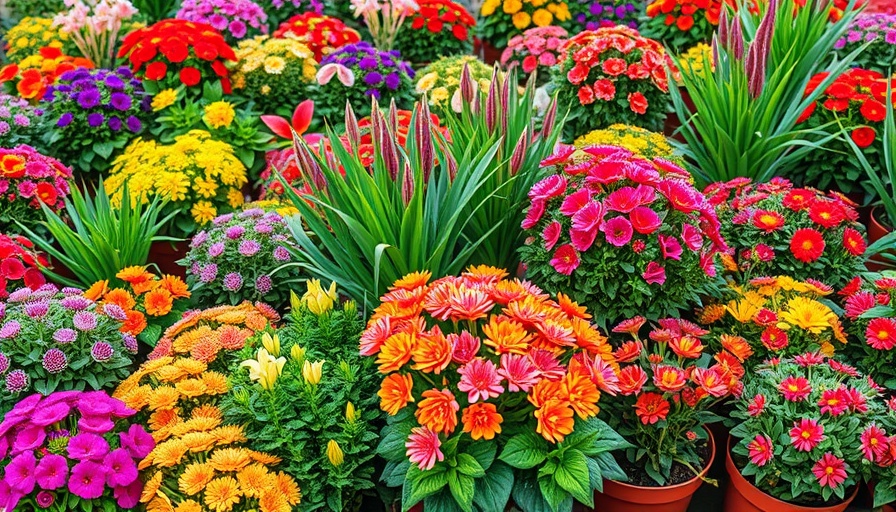
Finding the Right Time to Plant: It’s Never Too Late
For aspiring gardeners in busy Metro Vancouver, the question of timing often looms over their gardening decisions. In a recent live stream titled Is It Ever "Too Late" to Start Seeds?, a local gardener emphasizes that even if you think it’s late in the season, you can still sow seeds and reap a rewarding harvest. Thanks to shared experiences and insights, new gardeners are encouraged to embrace the timeline of planting as part of an ongoing experiment.
In Is It Ever "Too Late" to Start Seeds?, the discussion explores various plantable options even late in the season, prompting us to analyze what this means for local gardeners.
What Can You Plant Late in the Season?
Whether you’re a seasoned gardener or a newcomer, there are still plenty of opportunities to fill your garden beds. The live stream highlighted several crops still in season, including:
- Artichokes: Surprisingly, these can be grown from seed and yield a quick harvest—perfect for urban gardeners eager to enjoy their own fresh produce.
- Swiss Chard: This nutritious leafy green thrives in cooler weather, making it a suitable candidate right now.
- Peppers and Eggplants: Even with a late start, plant various pepper types and eggplants for a vibrant garden planter.
The speaker mentions that even if timing varies, planting today only enhances your gardening experience for tomorrow. In fact, she notes that seeds are essentially an investment with big potential returns for future seasons.
The Value of Organic and Open-Pollinated Seeds
One key insight from the video is the importance of selecting organic and open-pollinated seeds. The gardener recommends trusted sources like Row Seven Seeds and Territorial Seed Company, highlighting their commitment to sustainable practices. “Seeds might feel pricey, but remember,” she explains, “one or two seeds can yield hundreds of plants if you save your harvested seeds.” This not only promotes sustainable gardening but saves on future costs, a significant consideration for budget-savvy urban dwellers.
Building a Seed Bank for Future Success
Having your own seed bank allows for continued experimentation from season to season. After all, each plant you grow and each harvest you gather contributes to your unique gardening toolkit. The insights shared reveal that the growing process itself—observing what works and what doesn’t—is invaluable.
All is Not Lost: Rescuing Leggy Seedlings
The video also touches on the common issue of leggy seedlings—a frequent concern for those growing in smaller spaces like balconies or backyards. The speaker advises that even if your tomato plants do look a bit stretched, there’s no harm in planting them deeper in the soil. “Depth is key to stronger roots,” she states, encouraging optimistic gardening no matter how things appear.
Encouragement for New Gardeners
For those hesitant to begin or feeling disheartened about timing, the stream’s overall message is empowering: gardening is primarily about learning, not perfection. Trying out different crops, observing results, and adjusting accordingly are all parts of a larger plan— fostering resilience and adaptability in every gardener.
Let’s Get Growing!
If you’re ready to embrace your green thumb, the growing season may be just getting started. So grab those seeds, plan your garden layout, and remember that each planting experience contributes to your skill set. Don't forget to share your gardening attempts, struggles, and victories with the community—it’s all part of the journey. As the gardener said in her live stream, “Trust the process, learn from it, and most of all, enjoy the fruits of your labor.” If you’re inspired by spring's arrival, consider starting a kitchen garden today—there’s no time like the present!
 Add Row
Add Row  Add
Add 




 Add Row
Add Row  Add
Add 

Write A Comment